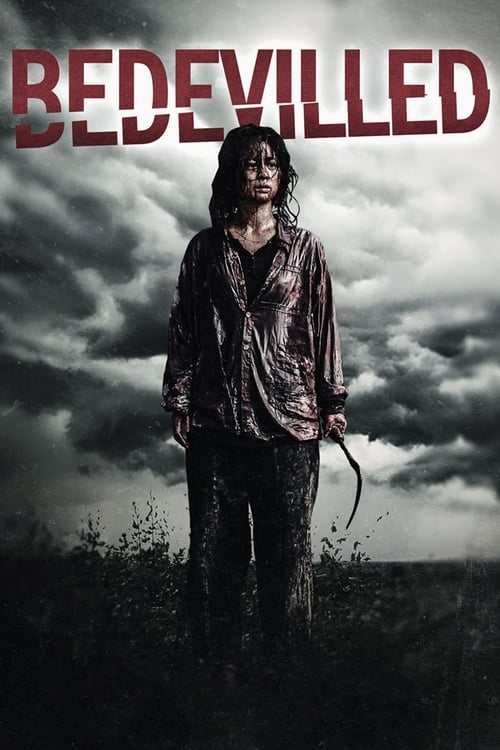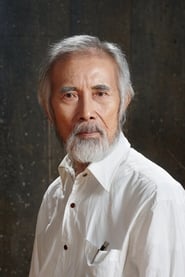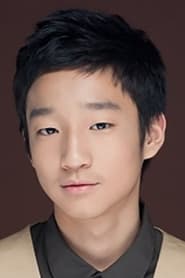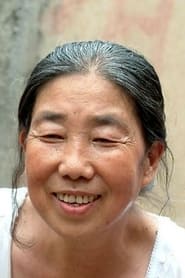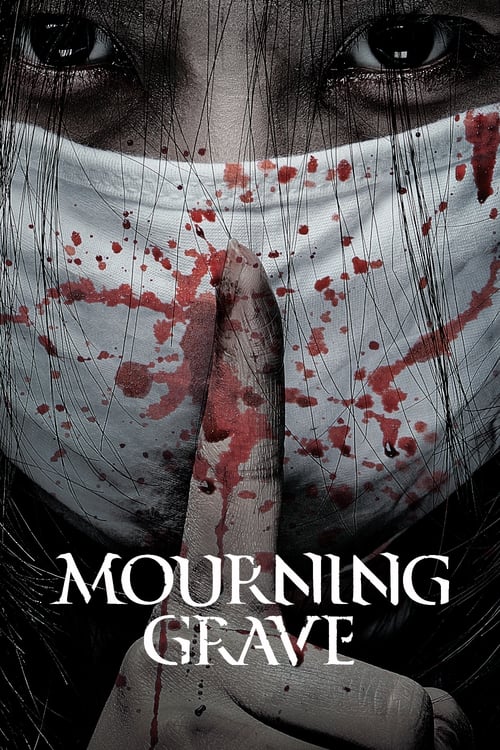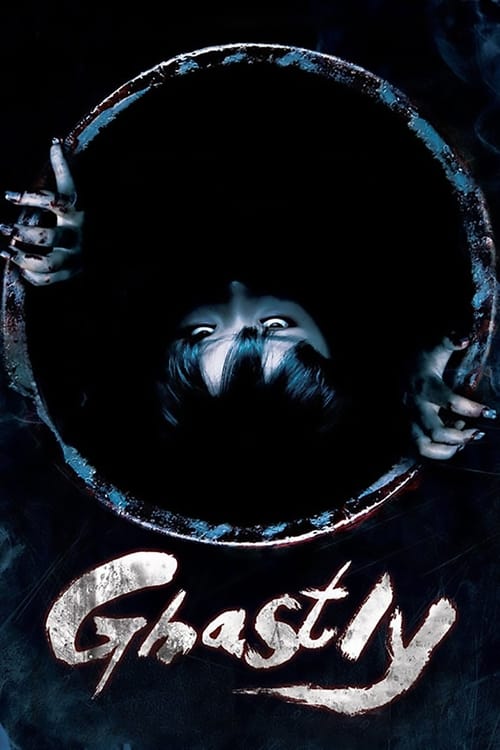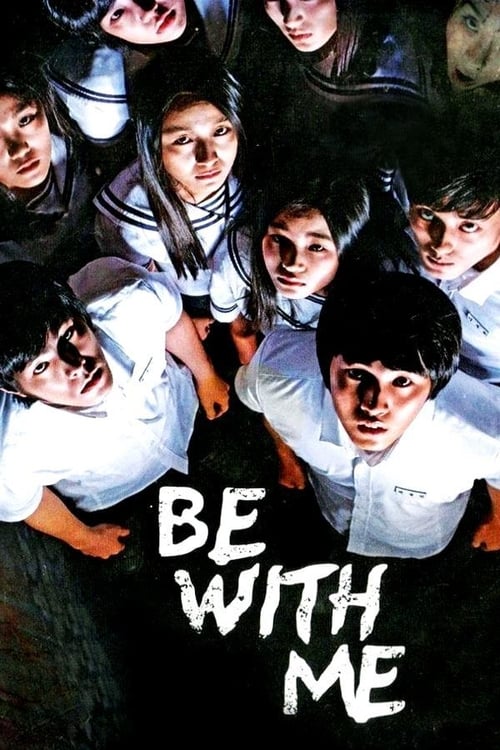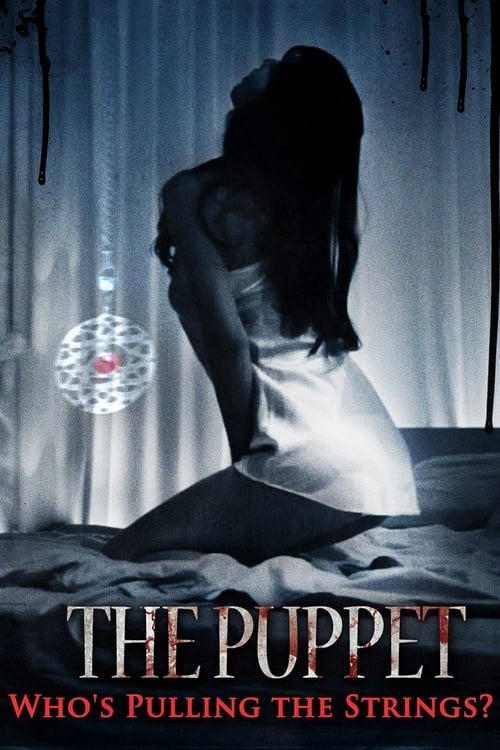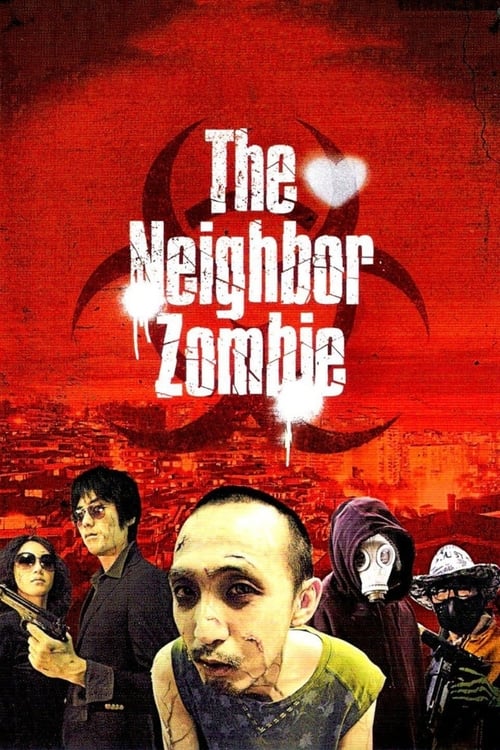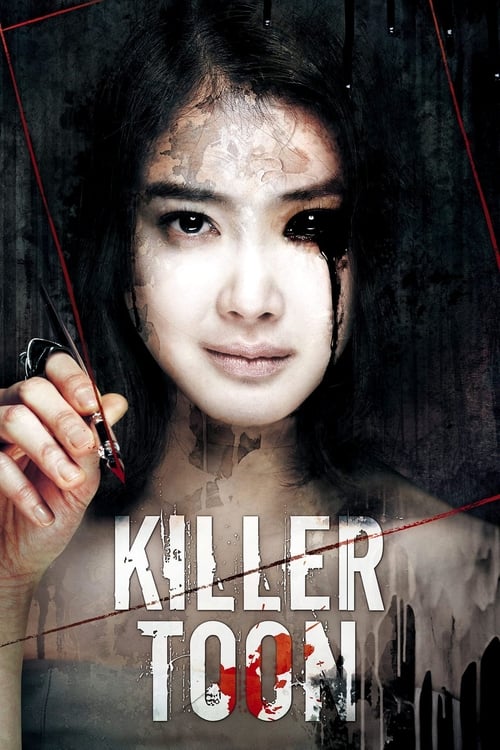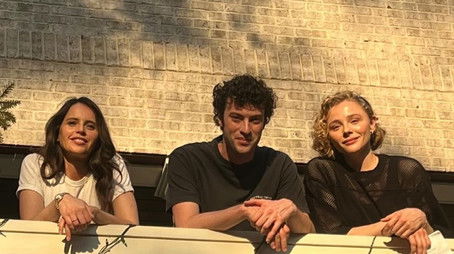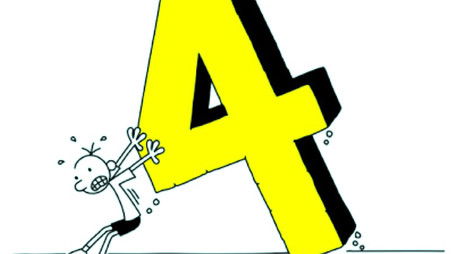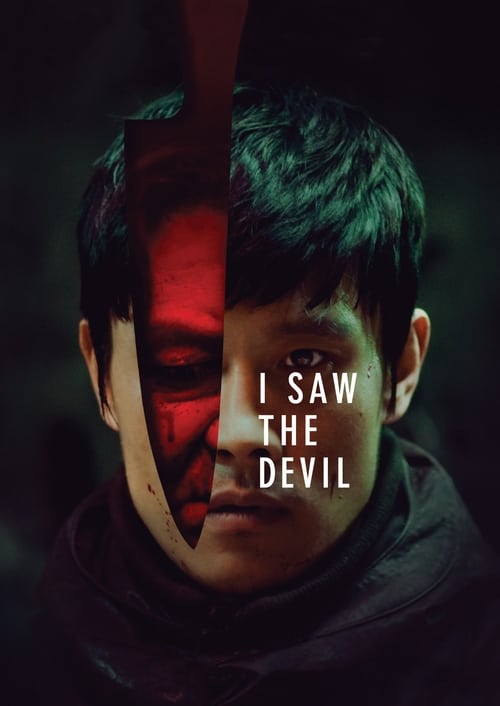
Ask Your Own Question
What is the plot?
The film Bedevilled opens on the bleak, isolated island of Moodo, where Kim Bok-nam lives a life of relentless misery and abuse. The atmosphere is heavy with tension and despair as we see Bok-nam, a young woman, caught in a cycle of mental, physical, and sexual torment at the hands of her husband Man-jong and his family. The island itself is a grim, closed community where cruelty festers behind closed doors and escape seems impossible.
Meanwhile, in bustling Seoul, Ji Seong-won, known simply as Hae-won, is a successful but emotionally distant businesswoman in her thirties. She is caught in the grind of corporate life, her stress culminating in a conflict that forces her to take a break. She receives letters from her childhood friend Bok-nam, who pleads for help, but Hae-won ignores them, unwilling to confront the complicated and painful reality her friend faces. The stark contrast between Hae-won's sterile city life and Bok-nam's brutal existence on Moodo Island is immediately clear.
Hae-won decides to visit Moodo Island, ostensibly to reconnect with her past and escape her current troubles. Upon arrival, she is shocked to witness the extent of Bok-nam's degradation. Bok-nam is treated like a slave by the island's inhabitants--her husband Man-jong is a violent, controlling man who beats her and sexually abuses their young daughter Yeon-hee. The women of the island, including Bok-nam's mother-in-law and brother-in-law, enable or participate in the abuse. Bok-nam's home is a dilapidated shack, symbolizing her imprisonment, and the island's rocky shores and isolation reinforce the hopelessness of her situation.
Bok-nam's daughter Yeon-hee is also a victim, caught in the family's toxic web. Bok-nam desperately writes letters to Hae-won, begging her to help them escape, but Hae-won remains cold and indifferent, refusing to intervene. This refusal is a critical emotional wound for Bok-nam, deepening her sense of betrayal and isolation.
As the days pass, the abuse escalates. Man-jong's brutality grows worse, and Bok-nam attempts to flee the island multiple times with Yeon-hee, but these attempts fail. The tension builds as Bok-nam's desperation mounts. She pleads with Hae-won to take her and her daughter to Seoul, but Hae-won refuses, unwilling to disrupt her own life.
The breaking point comes during one violent episode when Man-jong beats Bok-nam and Yeon-hee. In the struggle, Yeon-hee hits her head on a stone and dies. Bok-nam's world shatters. When the police arrive, Man-jong and his family lie, claiming it was an accident. Hae-won, who witnessed the events, lies to the police that she was asleep, refusing to testify against Man-jong. Bok-nam, abandoned by both the law and her childhood friend, is left utterly alone.
This tragedy ignites a terrifying transformation in Bok-nam. She snaps, her simmering rage boiling over into a violent rampage. First, she kills her mother-in-law, who tries to swim to a boat for help but falls on the rocks due to poor eyesight and dies. Bok-nam then confronts and decapitates her brother-in-law in a brutal fight. Man-jong returns to the island, intent on killing Bok-nam, but she seduces him by licking his knife, catching him off guard. In the ensuing struggle, she bites off his finger, stabs him fatally with his own knife, and hacks him to death with a cleaver. After killing Man-jong, she smears his body with bean paste, mocking his earlier cruel remark about curing her bruises with bean paste.
Terrified, Hae-won flees to a boat to escape the carnage, but Bok-nam pursues her. On the boat, Bok-nam tries to drown the oarsman who had helped Man-jong. In the chaos, the oarsman is caught in the boat's propeller and torn apart. Hae-won manages to escape to the mainland, leaving the island behind.
But Bok-nam's vengeance is not yet complete. She travels to Seoul, carrying a broken childhood recorder--a symbol of her lost friendship with Hae-won and her shattered past. There, she confronts Hae-won, now in police custody. The tension is palpable as Bok-nam attacks, killing a policeman with a sledgehammer during the struggle. Hae-won fights back fiercely, ultimately killing Bok-nam with the broken recorder. Bok-nam dies in Hae-won's arms, a tragic end to their intertwined fates.
The film closes with a haunting image of Moodo Island, now devoid of human life, a grim testament to Bok-nam's bloody revenge and the destruction wrought by years of abuse and neglect. Hae-won is left to confront the consequences of her indifference and betrayal, haunted by the ghosts of her past and the friend she failed to save.
What is the ending?
In the ending of "Bedevilled," the protagonist, Hae-won, confronts the brutal reality of the island and the violence that has unfolded. After a series of harrowing events, she ultimately takes revenge on the island's inhabitants, leading to a climactic and bloody conclusion. The film closes with Hae-won leaving the island, forever changed by her experiences.
As the film approaches its conclusion, the tension escalates dramatically. Hae-won, who has been a witness to the horrific abuse and violence inflicted upon the island's women, particularly her friend, is pushed to her breaking point. The atmosphere is thick with dread as she realizes that the cycle of violence cannot continue unchallenged.
In a pivotal scene, Hae-won decides to take matters into her own hands. She retrieves a weapon, a knife, symbolizing her transformation from a passive observer to an active participant in the fight for justice. The camera captures her determination, her face set with resolve as she prepares to confront the men who have perpetuated the cycle of abuse.
The first confrontation occurs at the home of the main antagonist, a man who has been a source of terror for the women on the island. Hae-won enters with a fierce intensity, and the scene is charged with a palpable sense of danger. The struggle is brutal; Hae-won fights not just for her own survival but for the memory of her friend and the countless others who have suffered. The violence is raw and unflinching, showcasing the desperation and rage that have built up within her.
As the confrontation escalates, Hae-won manages to overpower her assailant. The moment is cathartic yet harrowing, as she exacts her revenge. The camera lingers on her face, capturing a mix of triumph and sorrow. She is liberated from her fears, but the cost of this liberation is steep. The bloodshed serves as a stark reminder of the violence that has permeated the island's culture.
Following this climactic moment, Hae-won makes her way through the island, confronting the other men who have participated in the abuse. Each encounter is marked by a sense of inevitability; she is no longer the victim but a force of reckoning. The scenes are interspersed with flashbacks of her life before the island, highlighting the stark contrast between her former self and the woman she has become.
In the final moments, Hae-won stands on the shore, looking out at the ocean. The waves crash against the rocks, symbolizing both her release from the island and the tumultuous emotions she carries with her. The camera captures her expression--one of a survivor, yet haunted by the memories of violence and loss. As she walks away from the island, the weight of her experiences is evident; she is forever changed, marked by the horrors she has witnessed and the actions she has taken.
The film concludes with Hae-won leaving the island behind, a place that has been both a prison and a catalyst for her transformation. The fate of the other characters is grim; the men who perpetuated the violence meet their end at Hae-won's hands, while the women, including her friend, are left as echoes of the past, victims of a brutal cycle that Hae-won has momentarily disrupted. The ending leaves viewers with a haunting sense of the cost of survival and the complexities of vengeance, encapsulating the film's exploration of trauma and resilience.
Is there a post-credit scene?
The movie "Bedevilled," produced in 2010, does not have a post-credit scene. The film concludes with a powerful and intense climax that wraps up the story, leaving the audience with a lasting impression of the events that transpired. The focus remains on the emotional and psychological aftermath of the characters' experiences, particularly the protagonist's journey through trauma and revenge. As the credits roll, the film leaves viewers to reflect on the harrowing themes of isolation, violence, and the struggle for survival, without any additional scenes to follow.
What motivates the character of Hae-won to return to the island after years away?
Hae-won, a successful city woman, is motivated to return to the island after receiving a call from her childhood friend, the troubled and isolated Bok-nam. Hae-won feels a sense of guilt and responsibility for leaving Bok-nam behind in a harsh environment where she suffers abuse and isolation. Her return is driven by a mix of nostalgia, a desire to reconnect, and an underlying need to help her friend.
How does Bok-nam's situation on the island reflect her internal struggles?
Bok-nam's situation on the island is dire; she is subjected to physical and emotional abuse by her husband and the other villagers. This reflects her internal struggles with feelings of worthlessness and despair. Her isolation amplifies her suffering, and she feels trapped in a cycle of violence and oppression, which ultimately leads to her desperate actions as she seeks freedom and revenge.
What role does the island setting play in the development of the plot?
The island setting serves as a character in itself, representing both a physical and emotional prison for Bok-nam. Its remote and harsh environment amplifies the themes of isolation and entrapment. The stark contrast between the beauty of the island and the brutality of life there heightens the tension and underscores the characters' emotional states, particularly Bok-nam's desperation and Hae-won's growing horror as she uncovers the truth.
How does Hae-won's character evolve throughout the film?
Hae-won's character evolves from a detached and self-absorbed city woman to someone who confronts the harsh realities of her friend's life. Initially, she is hesitant and uncomfortable with the violence and abuse she witnesses. However, as she becomes more aware of Bok-nam's suffering and the oppressive dynamics of the island, she transforms into a more empathetic and ultimately vengeful figure, culminating in her own moral reckoning.
What is the significance of the relationship between Bok-nam and her husband?
The relationship between Bok-nam and her husband is central to the film's exploration of abuse and power dynamics. He embodies the oppressive forces in her life, representing both physical danger and emotional manipulation. His cruelty is a catalyst for Bok-nam's transformation, pushing her to her breaking point. This toxic relationship highlights the themes of control and the struggle for autonomy, ultimately leading to Bok-nam's violent rebellion against her circumstances.
Is this family friendly?
"Bedevilled," produced in 2010, is not a family-friendly film. It contains several potentially objectionable or upsetting scenes that may be distressing for children or sensitive viewers.
-
Graphic Violence: The film features intense and brutal scenes of violence, including physical assaults and murder, which are depicted in a raw and unflinching manner.
-
Sexual Assault: There are instances of sexual violence that are portrayed in a disturbing context, contributing to the film's overall dark themes.
-
Psychological Abuse: The characters experience significant emotional and psychological trauma, which is depicted through manipulative and abusive relationships.
-
Death and Suffering: The film explores themes of death and suffering, with characters facing dire situations that evoke feelings of despair and hopelessness.
-
Isolation and Despair: The setting and circumstances lead to a pervasive sense of isolation and despair, which may be unsettling for viewers.
These elements contribute to the film's intense and harrowing atmosphere, making it unsuitable for younger audiences or those who are sensitive to such themes.

